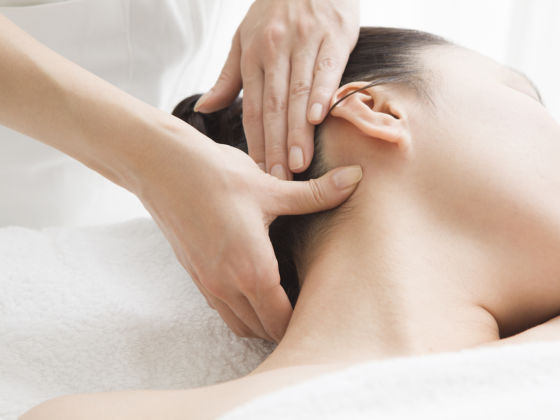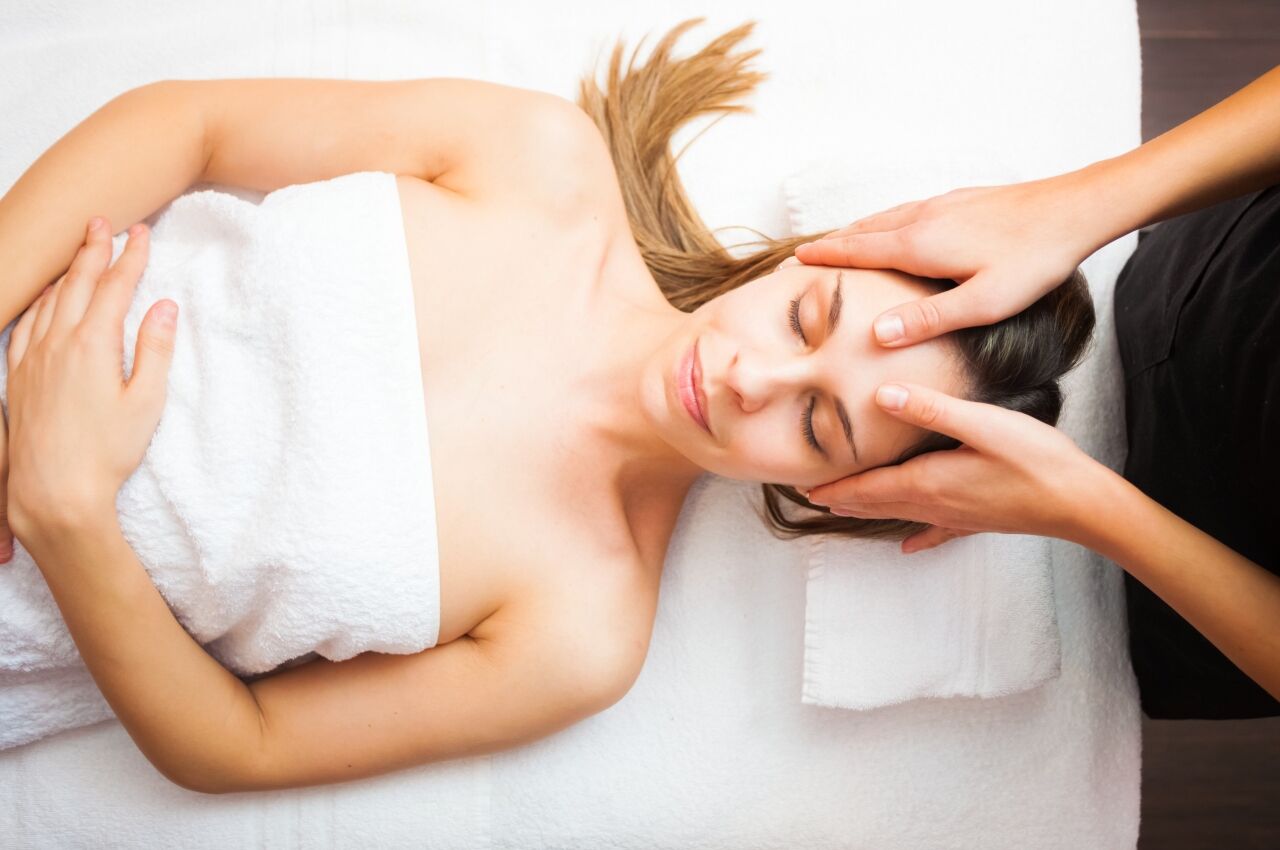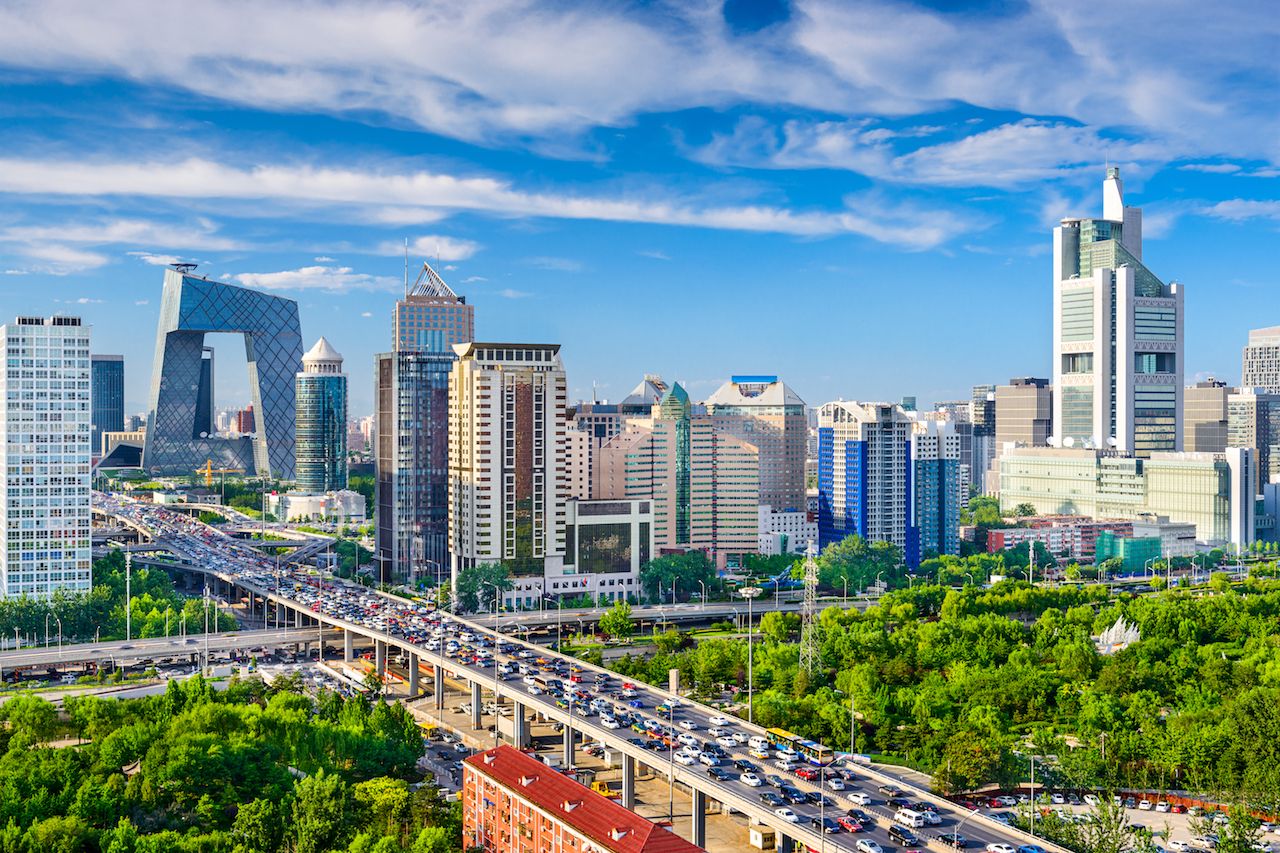For first-time visitors to a Chinese massage parlor, terms like meridian pathways and energy points can be perplexing. What does it mean to have your energy channels unblocked and your flow corrected? Even for those who frequent Thai massages or Swedish spas, the idea of bone alignment and joint cracking may sound daunting. But fear not. The ancient practice of tui-na has long been used to heal disharmony in the body. Once you’ve experienced a session, you’ll understand why tui-na has grown in popularity both in China and abroad. Here’s everything you need to know before receiving your first tui-na massage.


- What is Chinese massage?
- The basics of tui-na massage
- What happens during a Chinese massage?
- The best Beijing massage providers for tui-na
- How to stay safe on the road
What is Chinese massage?
Tui-na is a rigorous massage technique with over 5,000 years of history. Records of massage doctors and therapists can be found in documents dating back to the Qin and Han dynasties (221-206 BC). Alongside traditional Chinese medicine, they established the theoretical basis of massage in the Yellow Emperor’s Classics (475-220 BC), a distinguished medical publication that details the general overview, history, and basic principles of massage. Today, in combination with herbal products and acupuncture, tui-na massage has become a staple in Chinese medical education.
The basics of tui-na massage

Photo: Minerva Studio/Shutterstock
According to Traditional Chinese Medicine (TCM) practitioners, blocked meridian pathways will cause long-term physical discomfort. Tui-na is guided by the objective of “dredging” meridian pathways and promoting ch’i and blood flow. Meridians are closely connected points within the human body that form a complete circulatory system. If ch’i flows smoothly along the meridian pathway, then people are healthy. If there is blockage along the pathway, pain and discomfort will occur.
TCM practitioners use their elbows, fingers, and hands to stimulate acupuncture points rhythmically, thus producing a vibration that influences the flow of energy through the body. Since energy points correspond with our organs, a quality tui-na session can have a positive effect on our physical well-being.
What happens during a Chinese massage?
Like most Western massage modalities, tui-na sessions generally take place on a massage table. Yet, unlike the privacy you’d get in some countries, it is not uncommon to share a room with others receiving similar treatments in China. Techniques such as gliding, kneading, and rolling are used to provide a relaxing and medicinal experience.
Each session places focus on a specific region of the body. To begin, the practitioner will ask whether you have any physical discomfort or health conditions. They will then start with slow movements to boost blood circulation and pick up the pace along the way. By manipulating soft tissues and stimulating specific energy points, practitioners aim to knead out the built-up tension within the body. Due to the repetitive movements along the problem area, you might experience slight soreness. It’s also common for the practitioner to correct your spinal alignment by twisting and cracking a few bones here and there.
The best Beijing massage providers for tui-na

Photo: ESB Professional/Shutterstock
To accommodate its residents’ growing interest in healthcare and rehabilitation, Beijing has evolved into a city with a selection of wellness centers. From Turkish baths to Korean jjimjilbangs, there isn’t a lack of diversity in spa facilities. But for the most traditional tui-na experience, we’d recommend going to a local hospital. Hospitals in China usually have a traditional medicine department that hire tui-na practitioners with a master’s or doctorate in TCM. They are trained professionals with a solid understanding of human anatomy and can offer a diagnosis alongside massage treatments. Here are some hospitals you can visit, in addition to a few more casual options.
1. Beijing Massage Hospital
Beijing Massage Hospital uses a combination of herbal medicine, acupuncture, and physical therapy to treat a variety of soft tissue injuries and chronic diseases. The hospital combines academic learning with traditional tui-na applications to carry out Chinese massage therapy through the most technical means.
Where: 7 Baochan Hutong, Xicheng Qu, Beijing Shi, China
2. Zizhi Tongjian Chinese Medicine Spinal Center
The Zizhi Center specializes in treating spinal discomfort with rigorous tui-na sessions. A multi-level massage parlor that combines tui-na applications with Western massage modalities, Zizhi’s top floor is a health center that focuses on correctional therapy for conditions such as acute low back pain or a strained neck. For something a tad more relaxing, head to the lower level for a Western-style spa treatment.
Where: Bottom floor of Building 4, Happy Home Mall, Guangqumen Street, Dongcheng District, Beijing, China
3. Tianhao Tui-Na Massage Spa (Wangjing Store)
After a casual stroll and some quick bites at Wangjing’s popular street food market, it isn’t uncommon to detox at Tianhao and call it a night. Located in a popular residential area, Tianhao is a small spa known for its traditional application. The walls are decorated with scrolls of human anatomy and the staff has extensive experience in diagnosing patients’ physical pain and discomfort.
Where: You Lok Fu Hui Wing Street Business District, Block D 301, Beijing, China
4. Jun Peng Blind Massage
Blind massages are quite common in China. Every city has a few clinics tucked away in a small street. Although hidden, they are often busy with new clients and frequent patrons. In Beijing Jun Peng has become a popular choice for those looking for an affordable tui-na professional. Many say that the practitioners have a heightened sense for locating tension spots and a gift to knead them away.
Where: Building 16, No.1, Mingjia Garden, Beiqing Road, Beijing, China